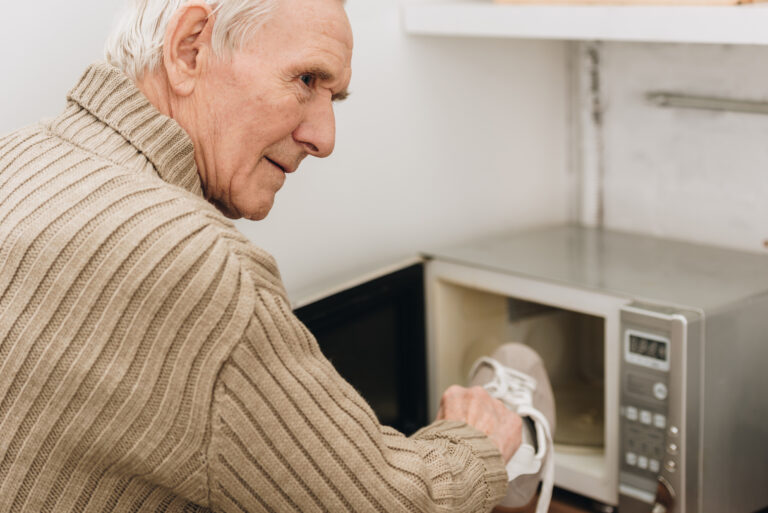You should generally perform **dynamic stretching after warming up** and **static stretching after cooling down** to maximize benefits and reduce injury risk. Dynamic stretching involves controlled, active movements that prepare your muscles and joints for exercise by increasing blood flow, muscle temperature, and range of motion. Static stretching, where you hold a stretch for 20 to 60 seconds, is best done after exercise when muscles are warm and more pliable, helping to relax muscles, improve flexibility, and support recovery[1][3][5].
### Why Stretch After Warming Up?
Warming up raises your muscle temperature and heart rate, making your muscles more elastic and responsive. Dynamic stretching during or immediately after warming up involves movements like leg swings, arm circles, or walking lunges that mimic the activity you’re about to do. This type of stretching:
– **Enhances performance** by increasing muscle temperature and nerve activity.
– **Improves range of motion** without compromising muscle strength.
– **Reduces injury risk** by preparing muscles and joints for the demands of exercise[3][5].
Static stretching before exercise, on the other hand, can temporarily reduce muscle strength and power, which may impair performance and increase injury risk[3].
### Why Stretch After Cooling Down?
After exercise, your muscles are warm and more elastic, making static stretching more effective and safer. Holding stretches for 20 to 60 seconds helps:
– **Relax muscles** and reduce tension.
– **Increase flexibility and joint mobility** by lengthening muscle fibers.
– **Promote circulation**, which aids in nutrient delivery and waste removal like lactic acid.
– **Activate the parasympathetic nervous system**, which lowers stress hormones such as cortisol and promotes calm and recovery[1].
However, it’s important to note that while stretching after exercise supports flexibility and relaxation, research shows it does **not prevent or reduce delayed onset muscle soreness (DOMS)** or speed up muscle recovery significantly[1].
### Practical Recommendations for Stretching
– **Warm-up phase:** Begin with 5–10 minutes of light aerobic activity (e.g., jogging or cycling) followed by dynamic stretches targeting the muscles you will use.
– **Post-exercise phase:** Spend 5–10 minutes performing static stretches, holding each stretch for 30–60 seconds, focusing on major muscle groups worked.
– **Avoid overstretching, bouncing, or holding your breath** during stretches to prevent injury and maximize benefits[1].
### Additional Considerations
– Stretching before bed, especially gentle static stretches, can promote relaxation and improve sleep quality, indirectly supporting recovery by enhancing muscle repair and hormonal balance during sleep[2].
– Consistency in stretching routines is key to maintaining flexibility and joint health, especially as you age, to reduce injury risk and support mobility[4].
– Listening to your body is crucial; sharp or lasting pain during stretching may indicate injury and should be addressed by a healthcare professional[4].
In summary, **dynamic stretching is ideal after warming up to prepare your body for activity**, while **static stretching is best after cooling down to aid flexibility and relaxation**. This approach aligns with current expert consensus and research from authoritative sources in sports medicine and exercise physiology[1][3][5].
—
**Sources:**
[1] 10 Fitness, “Stretching Benefits after Workout Revealed”
[2] GOWOD, “Does Stretching Before Bed Help You Sleep?”
[3] The Health Guide, “Stretching: Before or After? The Truth About When to Do It”
[4] UTMB Health, “How to stay active at any age: Tips, exercises from experts”
[5] Prodia Digital, “Warming Up Before Workout: Purpose, Benefits, and Movement”





